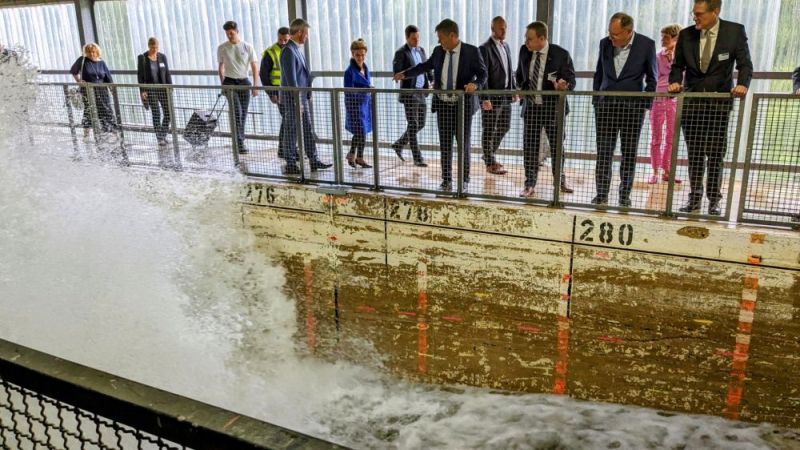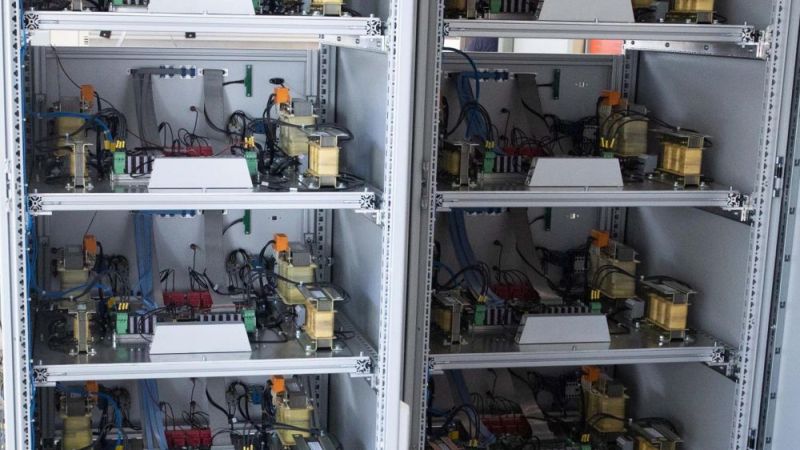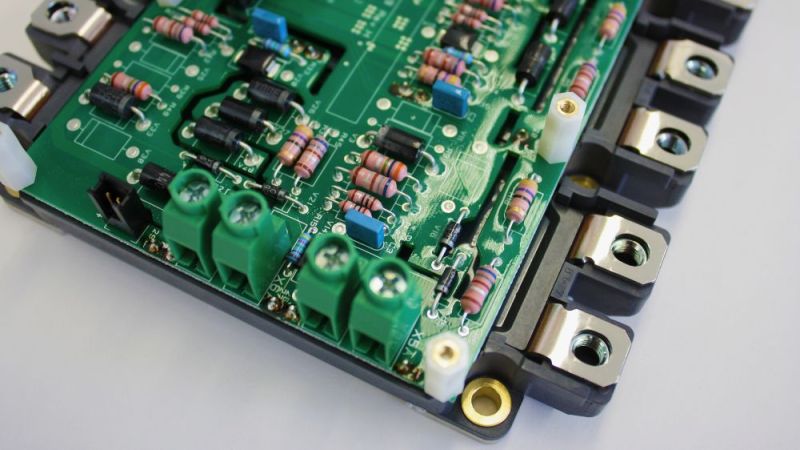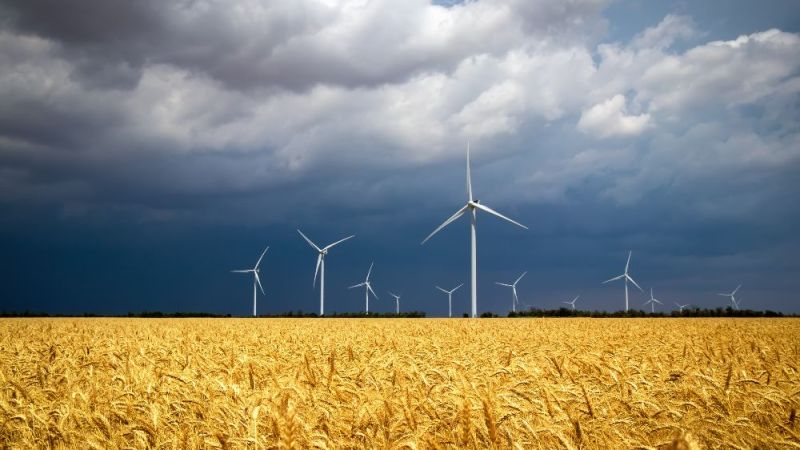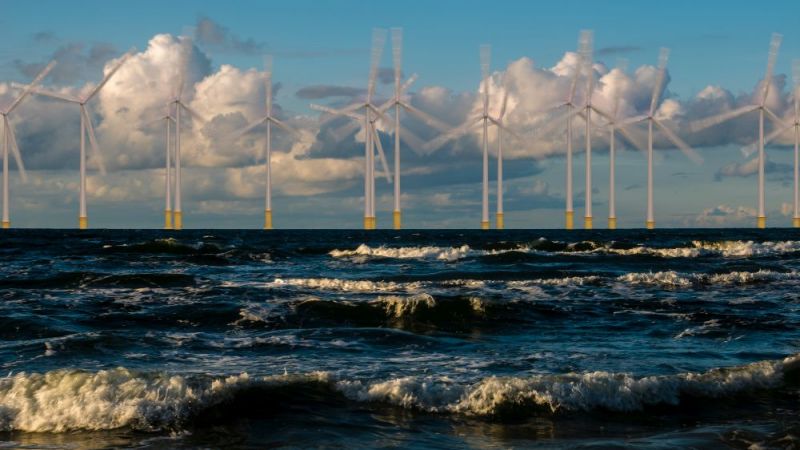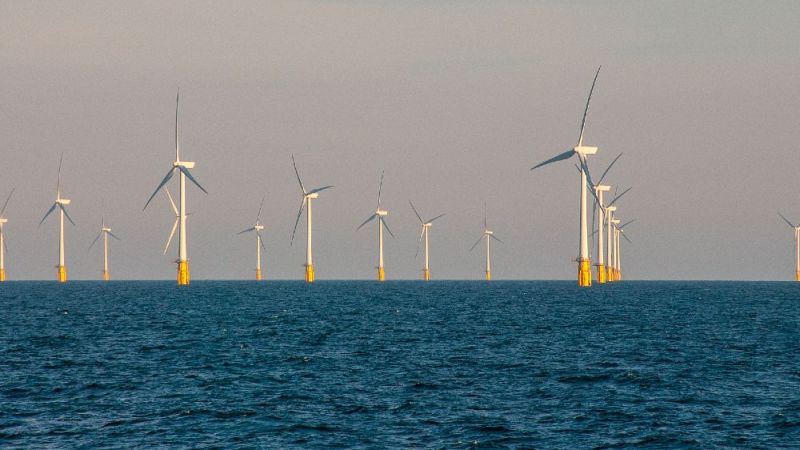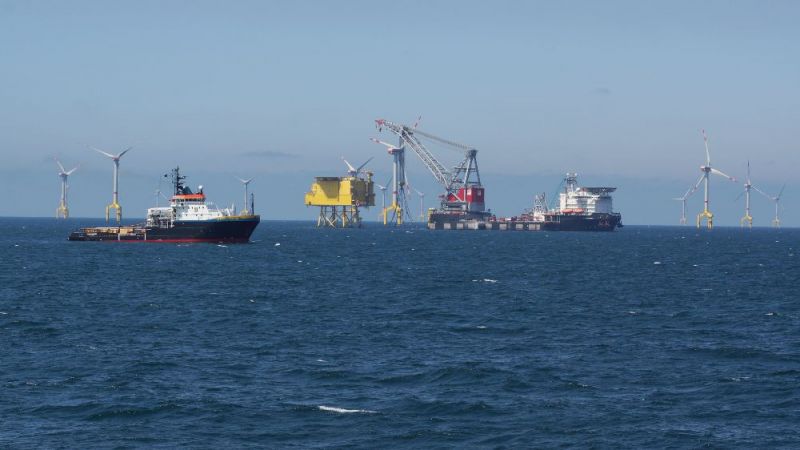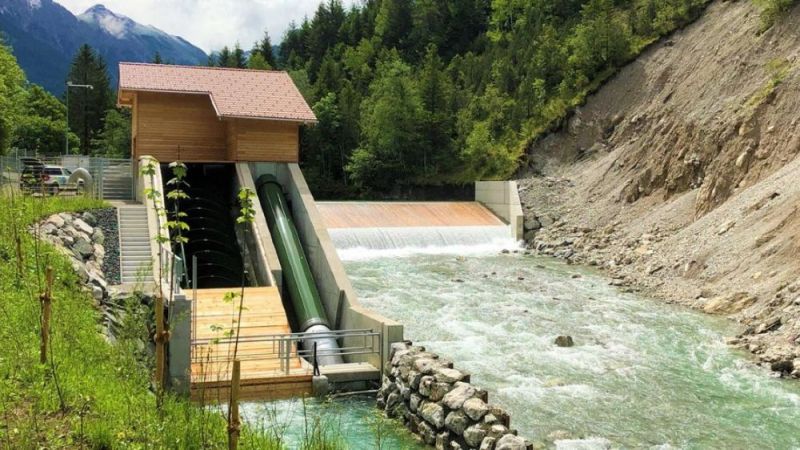Hydropower and marine energy
Coast Research Centre in Hannover inaugurates model wave channel
On 19 February 2019, a model wave channel was inaugurated at the Coast Research Centre in Hanover. The wave channel at a scale of 1:10 is a model of the Large Wave Channel (GWK) in its future expansion stage. Scientists can already investigate the interaction of waves and currents and gain important insights, for example for coastal protection. The creation of the model wave channel and the forthcoming expansion of the large facility (GWKplus) will be carried out in the marTech research project as part of a collaboration between Leibniz Universität Hannover and the Technische Universität Braunschweig.
The Large Wave Channel (GWK) at the Coast Research Centre in Hanover will be extended by a new wave machine, a circulating flow system and a deep section (GWKplus). The facility is one of the largest maritime test facilities in the world. Here scientists can test components and methods for dyke constructions, wave power plants and offshore wind turbines. How stable, for example, must wind turbines be when storm surges or large waves hit them? The processes relating to the interaction of waves and currents at the GWKplus shall already be investigated in detail during its construction period. For this purpose the research teams at the Marienwerder site, in the immediate vicinity of the Coast Research Centre, have built a faithful replica of the later GWKplus on a 1:10 scale
The miniGWKplus model wave channel
The mini-channel on a scale of 1:10 also has a wave machine, current tank and deep section into which sand, stones and other sediments can be filled. This test facility, which is unique in Germany, makes it possible to investigate the mutual influences of waves and currents systematically and in detail. Control mechanisms for the later GWKplus can be optimised in the model. The knowledge gained here is essential for the optimal generation and analysis of waves in the future GWKplus.
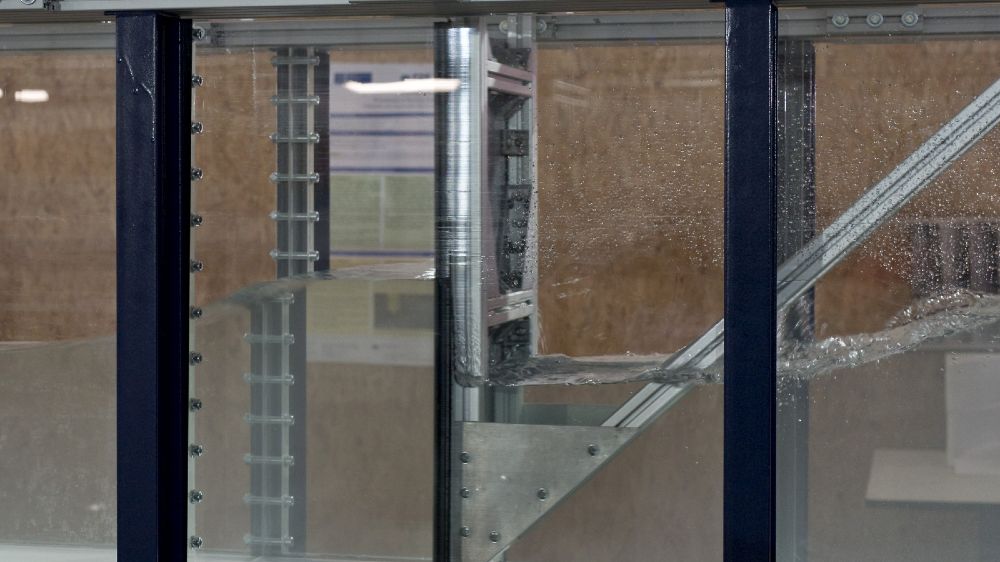
The marTech research project
Leibniz Universität Hannover and TU Braunschweig are carrying out the collaborative research project, which is entitled “Testing and development of maritime technologies for reliable energy supply (marTech)”. Research teams are specifically investigating various components and processes in order to further develop them. Among other things, climate change is increasing the sea level and thus the loads and design requirements for modern dyke construction. Another research focus is on providing scour protection around the foundations of offshore wind turbines. Strong currents wash out the sediment at the feet of the turbines. The water bed therefore also changes in the vicinity of the turbines. This can, for example, endanger the stability of wind turbines. Another aim of the research project is to promote the use of wave and tidal current energy. These and other topics can be investigated in future at the large wave channel in Hanover under near-natural boundary conditions. The test basin for the canal has a length of 310 metres. The new wave machine generates waves up to 2.70 metres in height. The channel will also be equipped with a system for generating currents.



